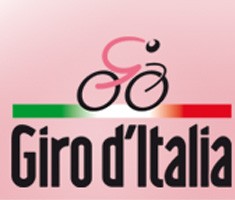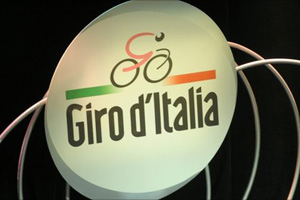As befits one of the greatest competitions in the world the Giro d’Italia’s origins can be found in a little friendly rivalry. In August 1908, partly in response to the growing success of the Tour de France which had begun in 1903, the Italian sports paper Gazetta dello Sport announced the inaugural staging of the Giro which was to be organised along similar lines to the car rally started and sponsored by their rivals at Corriere della Sera; an event which had seen their circulation rise dramatically. The Gazetta’s founder Eugenio Camillo Costamagna, along with director Armando Cougnet and its editor Tullio Morgagni went to press with their announcement, leaving the country in no doubt that they should look forward to hosting one of the most spectacular sporting events in the world. Nine months later, May 13, 1909, 127 riders lined up in Loreto Place in Milan ready to battle it out over eight stages and 2448 kilometres to see who had the mettle to become the first ever Giro d’Italia champion. Ultimately the accolade went to Italian Luigi Ganna who walked (rode?) away with more than 5,300 Lira in prize money and a place in the cycling history books.
Over the last century the Giro has changed little in either spirit or practice, but has grown yearly in popularity to now form one of the three Grand Tours along with older brother the Tour de France and younger cousin the Vuelta a España, which was first held in 1935 and became an annual event from 1955.
The Giro in Facts and Figures:
An Italian won every Giro from the inaugural staging until 1950 when Swiss rider Hugo Koblet upset the national pride apple cart. It took another 38years for a non-European to win (Andrew Hampsten of the USA).
With the route continually changing over the years there have been some big fluctuations from the original distance, with the longest ever staging being held in 1954 across 4,337km.
The record for the most number of Giro wins (5) is shared by three legendary riders: Alfredo Binda (Italy, 1925, ‘27, ‘28, ‘29 and 1933), Fausto Coppi (Italy, 1940, ‘47, ‘49, 1952 and ‘53) and Belgian Eddy Merckx (1968, 1970, ‘72, ‘73 and ‘74).
Fausto Coppi’s 1940 also win bagged him the record for the youngest ever winner of the Giro; he was aged 20years, 8months and 25 days. Compare, if you will, to the eldest ever winner Fiorenzo Magni who took his third win in 1955 (having also taken victory in 1948 and ’51) at the ripe old age of 35.
The leaders jersey for the Giro is pink based on the paper colour of Gazetta dello Sport and known as the maglia rosa. Eddy Merckx takes another Giro record as the rider having sported it on the most occasions: a truly impressive 76days.
The 2011 Giro has seen a record number of riders lined up with 23 teams and 207 riders, a far cry from a century ago when a mere 56 competitors took to the course for the 1912 edition or indeed to the 1914 race which saw only 8 riders finish…


